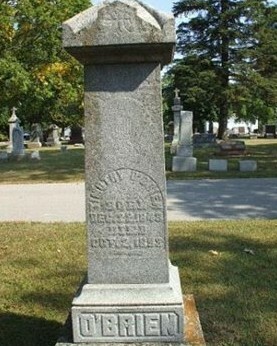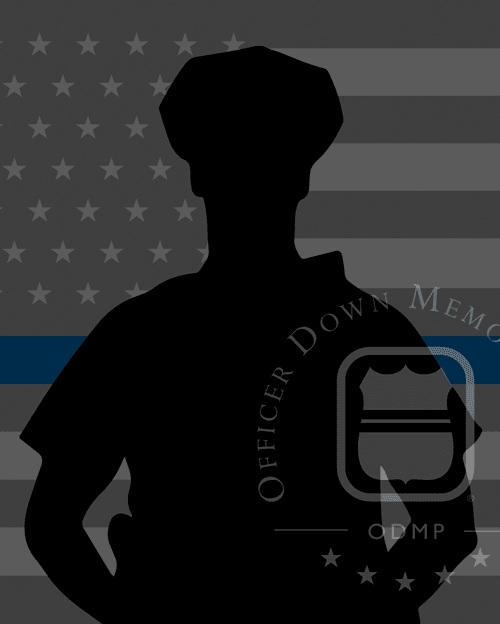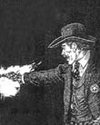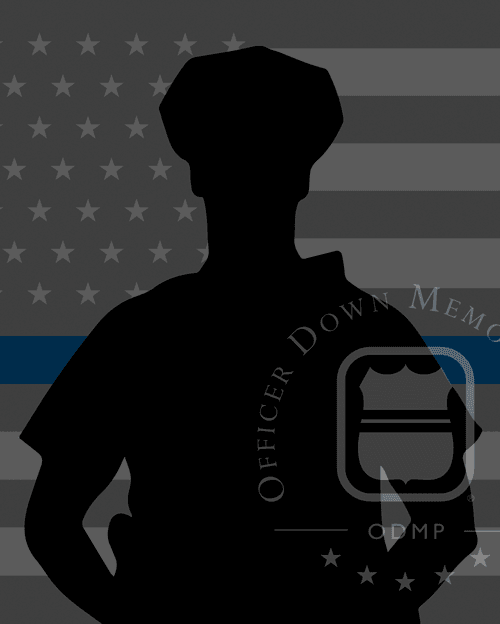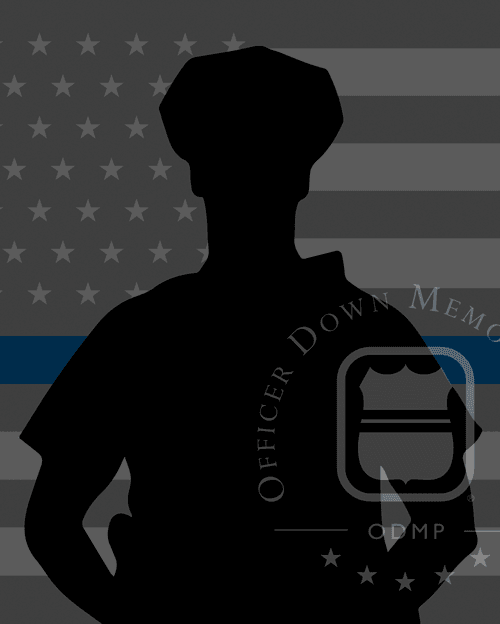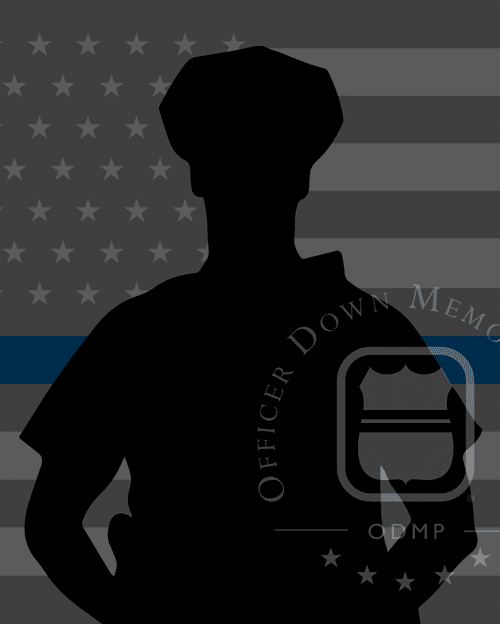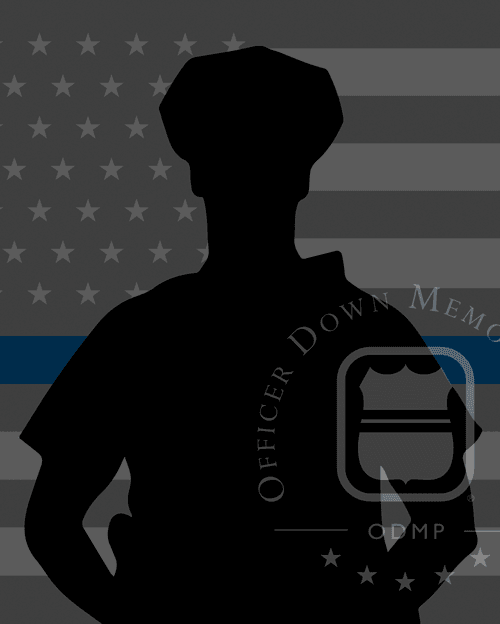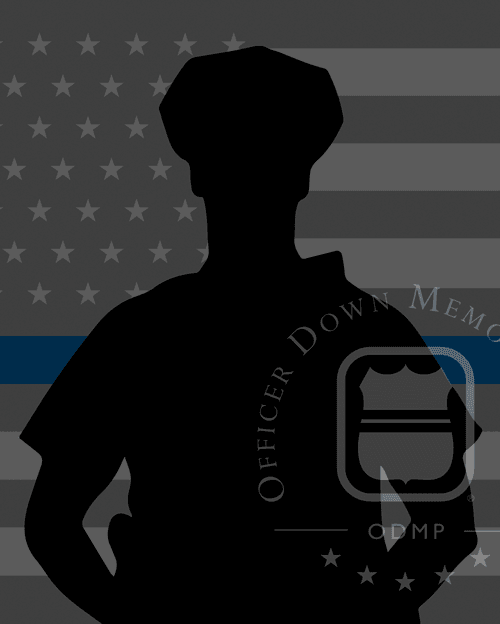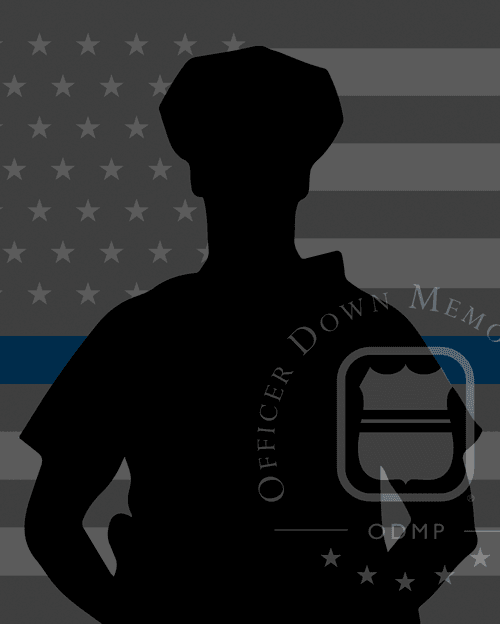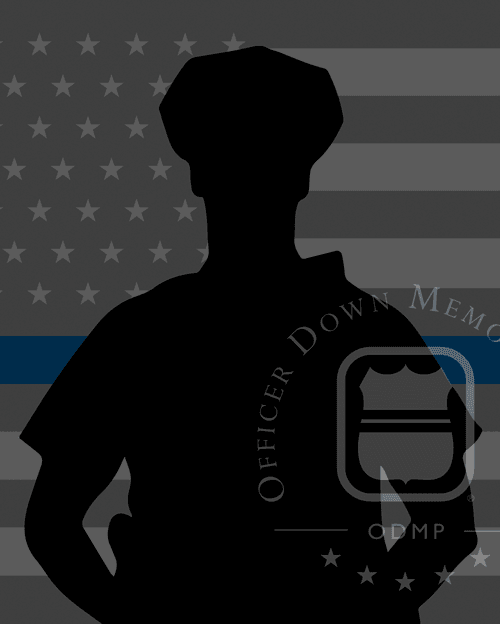
Special Officer Edward H. "Elijah" Wishart
Des Moines Police Department, IA
EOW: Wednesday, July 1, 1891
Special Officer Wishart was shot and killed by a man who was attempting to illegally dump rubbish in a graveyard on West 9th Street. Officer Wishart had been appointed to guard the graveyard to prevent illegal dumping by several individuals.
One of the men came to the scene with his workers and informed Officer Wishart he was going to dump the rubbish in the crematory. When Officer Wishart informed him he would not be permitted to do so, the man produced two .38 caliber revolvers and opened fire. Despite being fatally wounded, Officer Wishart was able to return fire but did not strike the suspect.
Officer Wishart was taken to the city hall where he died from his wounds the following day.
The suspect was a notorious former lawman known for his ruthlessness. He was arrested after shooting Officer Wishart and taken to the local jail. An angry mob was prevented from lynching him by the local militia. The suspect was eventually convicted of murder and sentenced to 4 years in prison, but was pardoned by the governor after serving only 2 years.
Officer Wishart was survived by his wife and three children.
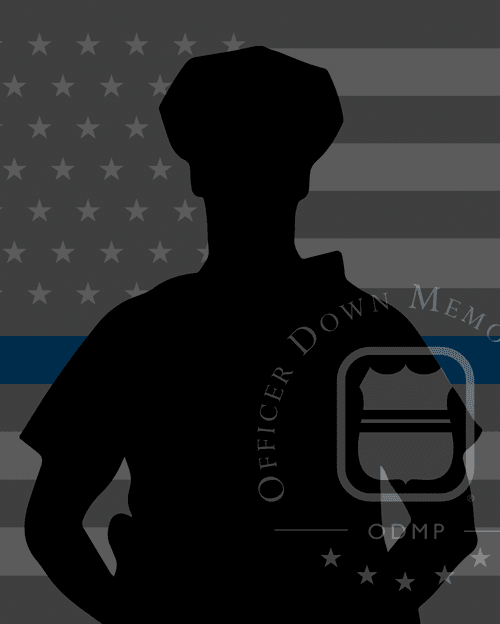
Railroad Policeman Henry Talcott
Chicago, Milwaukee, St. Paul and Pacific Railroad Police Department, RR
EOW: Friday,
April 14, 1893
Railroad Policeman Henry Talcott and Railroad Policeman Jake Frith were shot and killed at about 2:15 am while trying to remove three tramps from a coach car in the railroad yards at 19th Street in Dubuque, Iowa. A violent struggle took place inside of the car and both officers were mortally wounded. Policeman Frith was shot in the neck and back and Policeman Talcott was shot above the left eye.
Two suspects were captured a short time later. Both were convicted of two counts of first degree murder and sentenced to life in Anamosa Penitentiary. Both were pardoned by Governor Nathan E. Kendall on January 10th, 1925.
The third suspect fled to San Francisco where he boarded a ship destined for Australia. He was never captured.
Policeman Talcott was survived by his wife and four children.
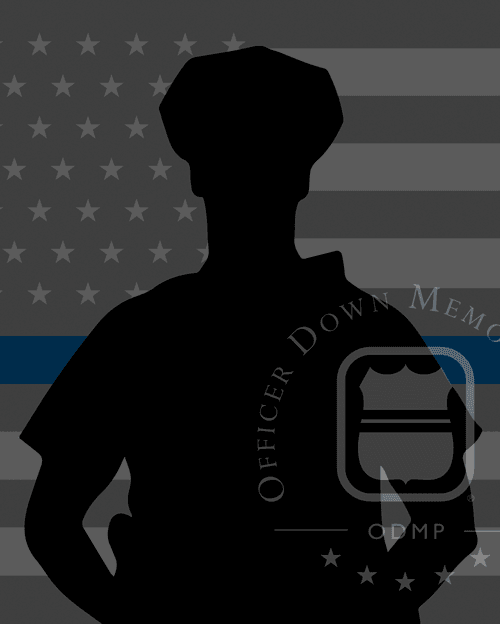
Railroad Policeman Jake Frith
Chicago, Milwaukee, St. Paul and Pacific Railroad Police Department, RR
EOW: Friday,
April 14, 1893
Railroad Policeman Jake Frith and Railroad Policeman Henry Talcott were shot and killed at about 2:15 am while trying to remove three tramps from a coach car in the railroad yards at 19th Street in Dubuque, Iowa. A violent struggle took place inside of the car and both officers were mortally wounded. Policeman Frith was shot in the neck and back and Policeman Talcott was shot above the left eye.
Two suspects were apprehended a short time later. Both were convicted of two counts of first degree and sentenced to life in Anamosa Penitentiary. Both were pardoned by Governor Nathan E. Kendall on January 10th, 1925.
The third suspect fled to San Francisco where he boarded a ship destined for Australia. He was never captured.
Policeman Frith was survived by his wife and four children.
